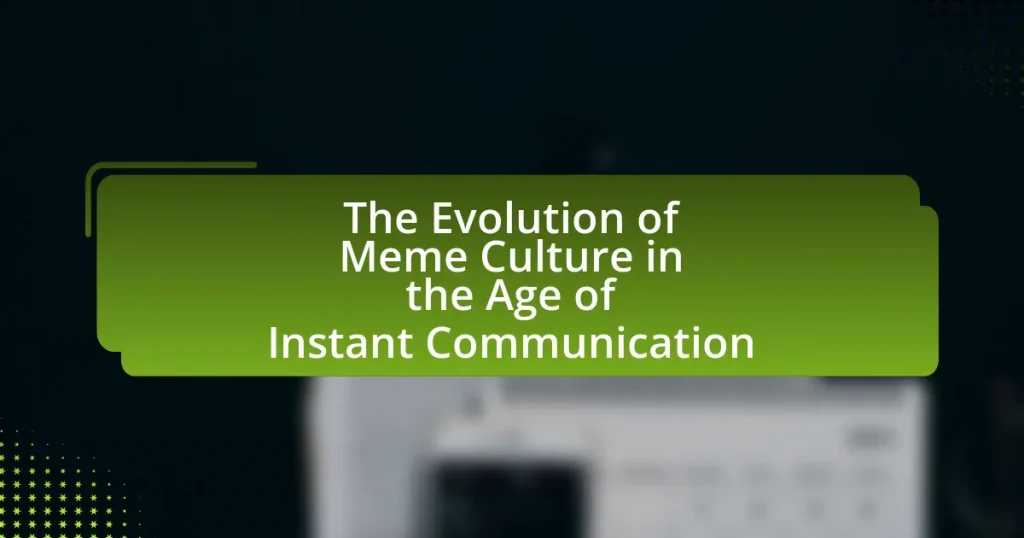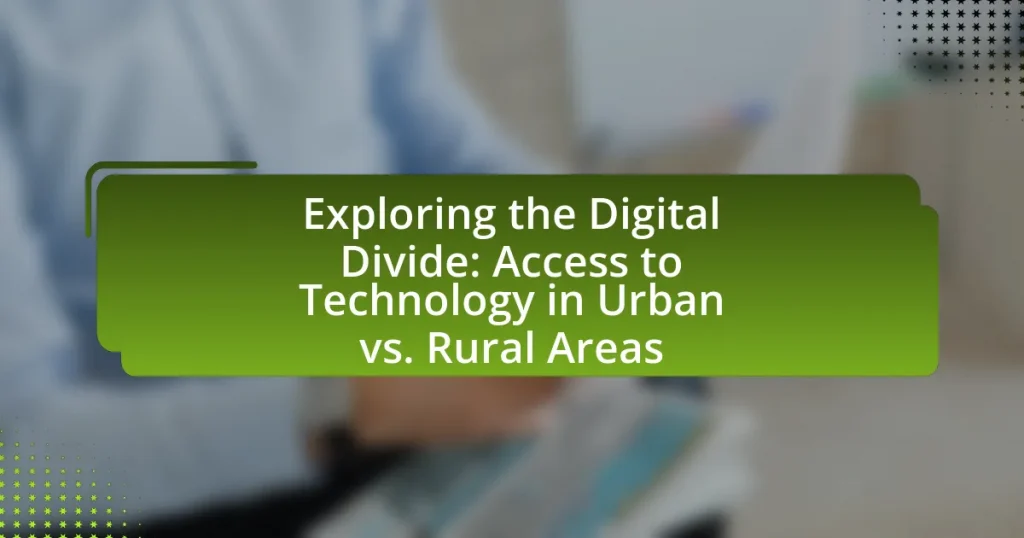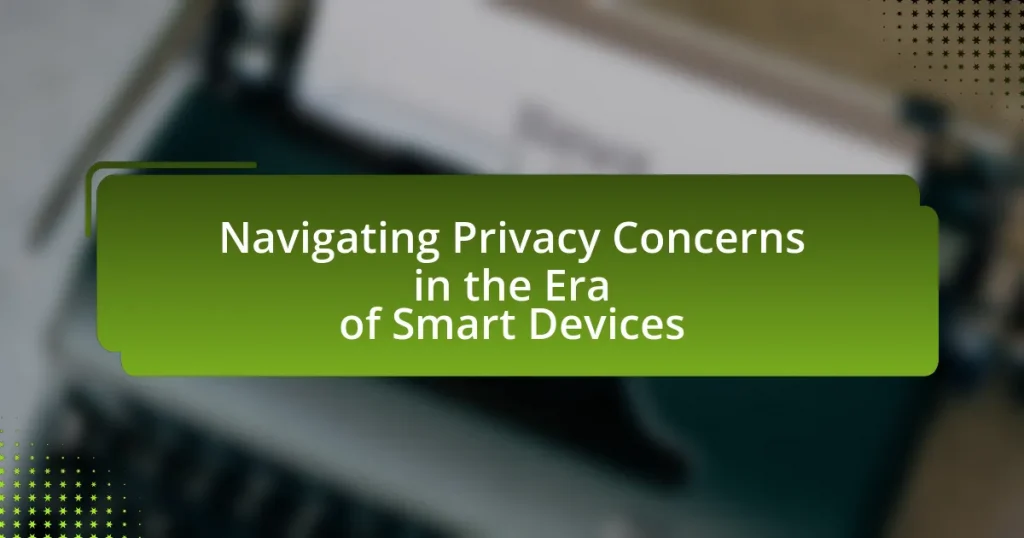Blockchain technology is revolutionizing digital content ownership by providing secure, transparent, and decentralized management of digital assets. Key principles such as decentralization, immutability, transparency, and smart contracts empower creators to maintain control over their work and ensure fair compensation while minimizing piracy risks. The article explores how blockchain enhances ownership rights, the impact of tokenization and non-fungible tokens (NFTs), and the emerging revenue models for creators. Additionally, it addresses the challenges faced by creators in traditional ownership models and the implications for consumer behavior in the digital content landscape.
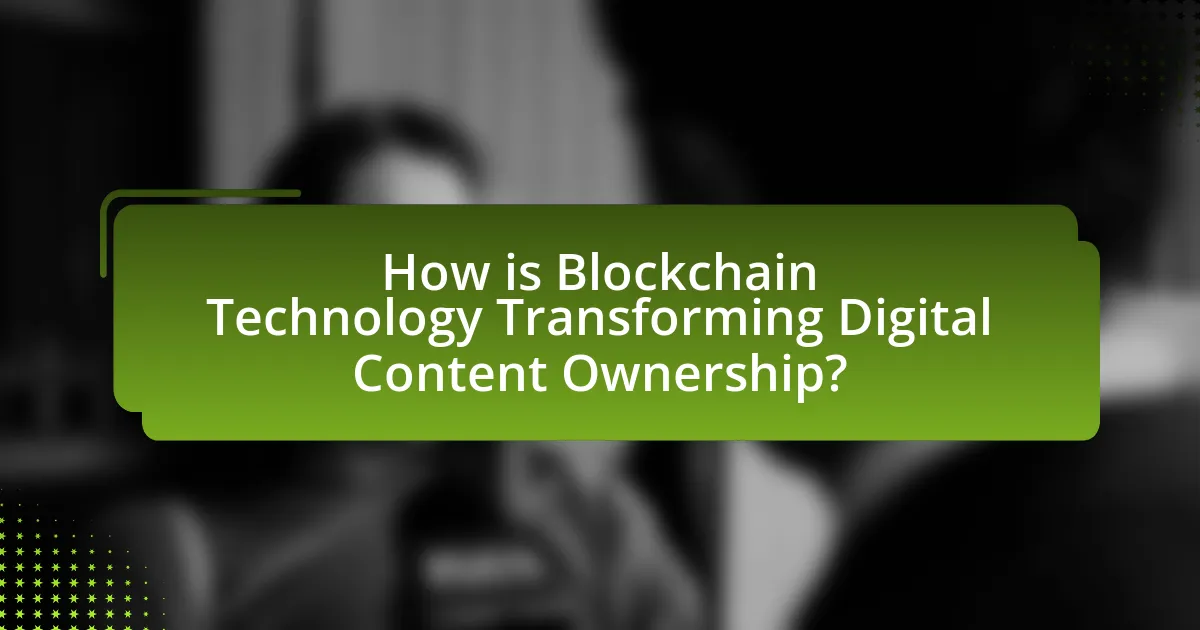
How is Blockchain Technology Transforming Digital Content Ownership?
Blockchain technology is transforming digital content ownership by enabling secure, transparent, and decentralized management of digital assets. This technology allows creators to maintain control over their work through smart contracts, which automatically enforce ownership rights and distribution terms without intermediaries. For instance, platforms like Audius and OpenSea utilize blockchain to facilitate direct transactions between creators and consumers, ensuring that artists receive fair compensation for their work. Additionally, the immutable nature of blockchain records prevents unauthorized duplication and piracy, thereby enhancing the integrity of digital content ownership.
What are the fundamental principles of blockchain technology?
The fundamental principles of blockchain technology include decentralization, transparency, immutability, and security. Decentralization ensures that no single entity controls the entire network, allowing for distributed consensus among participants. Transparency allows all transactions to be visible to network participants, fostering trust. Immutability means that once data is recorded on the blockchain, it cannot be altered or deleted, ensuring the integrity of the information. Security is achieved through cryptographic techniques that protect data from unauthorized access and fraud. These principles collectively enable blockchain to function as a reliable and trustworthy system for digital content ownership.
How does decentralization impact digital content ownership?
Decentralization significantly enhances digital content ownership by allowing creators to retain control over their work without reliance on centralized platforms. This shift enables direct transactions between creators and consumers, reducing intermediaries and associated fees. For instance, blockchain technology facilitates the creation of non-fungible tokens (NFTs), which provide verifiable proof of ownership and authenticity for digital assets. According to a report by NonFungible.com, the NFT market reached a valuation of over $10 billion in 2021, illustrating the growing trend of decentralized ownership models. This transformation empowers creators, ensuring they receive fair compensation and recognition for their contributions while minimizing the risk of copyright infringement.
What role does immutability play in securing digital content?
Immutability plays a crucial role in securing digital content by ensuring that once data is recorded on a blockchain, it cannot be altered or deleted. This characteristic protects digital content from unauthorized modifications, thereby maintaining its integrity and authenticity. For instance, in a study by Nakamoto in 2008, the foundational principles of blockchain technology highlighted that each block is cryptographically linked to the previous one, creating a secure chain of data that is resistant to tampering. This immutability feature is essential for applications such as digital rights management, where it guarantees that ownership and transaction histories remain transparent and verifiable, thus fostering trust among users and stakeholders in the digital content ecosystem.
Why is digital content ownership important in today’s digital landscape?
Digital content ownership is crucial in today’s digital landscape because it ensures creators retain control over their intellectual property and can monetize their work effectively. In an era where digital piracy and unauthorized distribution are rampant, ownership rights protect creators from exploitation and provide them with legal recourse. Furthermore, with the rise of blockchain technology, ownership can be transparently verified and tracked, allowing for secure transactions and fair compensation. According to a report by the World Intellectual Property Organization, the global economic impact of copyright industries was estimated at over $1 trillion in 2019, highlighting the significance of protecting digital content ownership for economic sustainability and innovation.
How does ownership affect creators and consumers?
Ownership significantly impacts creators and consumers by establishing rights and control over digital content. For creators, ownership allows them to retain intellectual property rights, enabling them to monetize their work through sales, licensing, or royalties. This control can lead to increased revenue and recognition, as evidenced by the rise of platforms that empower artists to sell directly to consumers, bypassing traditional intermediaries. For consumers, ownership fosters a sense of investment and connection to the content, as they can access, share, and sometimes modify the digital assets they own. The introduction of blockchain technology further enhances this dynamic by providing transparent and secure ownership records, ensuring that creators receive fair compensation while consumers can verify authenticity and provenance.
What challenges do creators face in traditional content ownership models?
Creators face significant challenges in traditional content ownership models, primarily due to limited control over their intellectual property. In these models, creators often relinquish rights to their work upon signing contracts with publishers or distributors, which can lead to reduced revenue and lack of recognition. For instance, a study by the Authors Guild found that 76% of authors reported that they earn less than $10,000 annually from their writing, highlighting the financial struggles tied to traditional ownership structures. Additionally, creators may encounter difficulties in enforcing their rights, as legal frameworks often favor larger corporations, making it challenging for individual creators to protect their work from unauthorized use or exploitation.
What are the key features of blockchain that enhance digital content ownership?
The key features of blockchain that enhance digital content ownership include decentralization, immutability, transparency, and smart contracts. Decentralization allows content creators to retain control over their work without relying on intermediaries, ensuring that ownership is directly linked to the creator. Immutability guarantees that once a digital asset is recorded on the blockchain, it cannot be altered or deleted, providing a permanent record of ownership. Transparency enables all transactions to be publicly verifiable, which helps in establishing authenticity and provenance of digital content. Smart contracts automate the enforcement of agreements related to content usage and royalties, ensuring that creators are compensated fairly and automatically when their work is used. These features collectively empower creators and enhance their rights over digital content.
How do smart contracts facilitate ownership rights?
Smart contracts facilitate ownership rights by automating and enforcing agreements through code on a blockchain. This technology ensures that ownership transfers occur only when predefined conditions are met, eliminating the need for intermediaries. For example, in digital content ownership, a smart contract can automatically transfer rights to a buyer upon payment, securely recording the transaction on the blockchain. This process enhances transparency and reduces the risk of fraud, as all parties can verify ownership and transaction history. Additionally, smart contracts can include terms for royalties, ensuring creators receive compensation for future sales, thereby protecting their ownership rights effectively.
What is the significance of tokenization in digital content ownership?
Tokenization is significant in digital content ownership as it enables the creation of unique digital assets that represent ownership rights on a blockchain. This process allows creators to securely and transparently sell, trade, or license their content while retaining control over their intellectual property. For instance, through non-fungible tokens (NFTs), artists can tokenize their artwork, ensuring that each piece is verifiably unique and can be tracked throughout its ownership history. This enhances the value of digital content by providing proof of authenticity and provenance, which is crucial in combating piracy and unauthorized use.
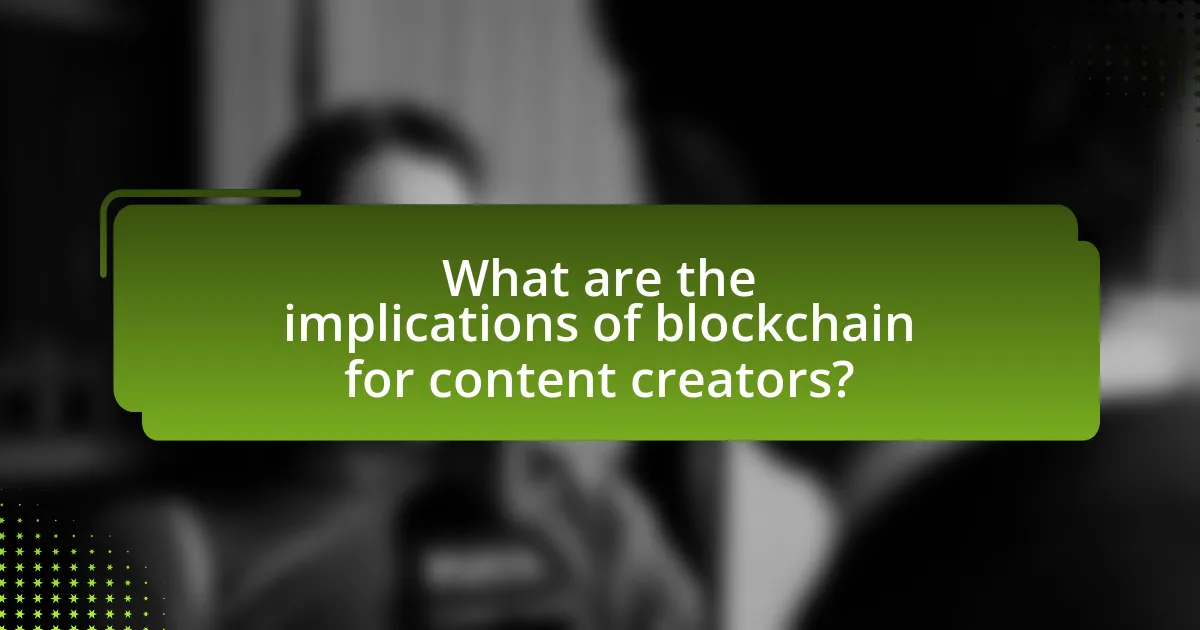
What are the implications of blockchain for content creators?
Blockchain technology significantly impacts content creators by enabling decentralized ownership and monetization of digital assets. This technology allows creators to directly sell their work to consumers without intermediaries, ensuring they retain a larger share of the revenue. For instance, platforms like OpenSea and Rarible facilitate the sale of non-fungible tokens (NFTs), which represent ownership of unique digital items, thus providing creators with new revenue streams. Furthermore, blockchain’s transparent ledger system ensures that creators can track the usage and distribution of their content, protecting their intellectual property rights. According to a report by Deloitte, the global NFT market reached approximately $41 billion in 2021, highlighting the financial potential for creators leveraging blockchain technology.
How does blockchain technology empower content creators?
Blockchain technology empowers content creators by providing them with direct ownership and control over their digital assets. This decentralized system eliminates intermediaries, allowing creators to retain a larger share of their revenue. For instance, through smart contracts, creators can automate royalty payments, ensuring they receive compensation immediately upon sale or use of their work. Additionally, blockchain’s transparent ledger allows for verifiable proof of ownership and authenticity, which helps combat piracy and unauthorized use. According to a report by Deloitte, the use of blockchain in creative industries can increase revenue by up to 30% by streamlining transactions and reducing costs associated with traditional distribution methods.
What new revenue models are emerging for creators using blockchain?
New revenue models emerging for creators using blockchain include direct sales of digital assets, subscription-based services, and decentralized crowdfunding. These models leverage blockchain’s ability to provide transparency, security, and ownership verification. For instance, creators can sell non-fungible tokens (NFTs) directly to consumers, allowing them to retain a larger share of profits compared to traditional platforms. Additionally, platforms like Patreon are evolving to incorporate blockchain, enabling creators to offer subscription services with lower fees. Decentralized crowdfunding platforms, such as Kickstarter on blockchain, allow creators to raise funds directly from supporters, bypassing traditional financial intermediaries. These models are gaining traction as they empower creators with more control over their revenue streams and foster direct relationships with their audiences.
How can creators maintain control over their intellectual property?
Creators can maintain control over their intellectual property by utilizing blockchain technology, which provides a decentralized and secure method for ownership verification and rights management. Blockchain enables creators to register their works on a public ledger, ensuring that their intellectual property is timestamped and immutable, thus preventing unauthorized use or alterations. For instance, platforms like Ethereum allow creators to issue non-fungible tokens (NFTs) that represent ownership of digital assets, giving them the ability to set terms for usage and distribution. This method has been validated by the increasing adoption of NFTs in the art and music industries, where creators have successfully retained rights and received royalties through smart contracts.
What challenges do creators face when adopting blockchain technology?
Creators face several challenges when adopting blockchain technology, including technical complexity, scalability issues, and regulatory uncertainty. The technical complexity arises from the need for creators to understand blockchain protocols and smart contracts, which can be daunting without a technical background. Scalability issues refer to the limitations of current blockchain networks in handling a high volume of transactions efficiently, which can hinder the user experience. Regulatory uncertainty involves navigating the evolving legal landscape surrounding blockchain and cryptocurrencies, which can vary significantly by jurisdiction and impact creators’ ability to monetize their work. These challenges can impede the widespread adoption of blockchain technology among creators in the digital content space.
What are the technical barriers to entry for creators?
Technical barriers to entry for creators include the complexity of blockchain technology, the need for specialized knowledge in smart contracts, and the requirement for access to digital wallets and cryptocurrencies. These factors can hinder creators from effectively utilizing blockchain for content ownership. For instance, understanding how to create and deploy smart contracts requires programming skills, which many creators may lack. Additionally, the necessity of setting up a digital wallet and acquiring cryptocurrency can pose financial and logistical challenges, limiting participation in blockchain-based platforms.
How can creators navigate the regulatory landscape surrounding blockchain?
Creators can navigate the regulatory landscape surrounding blockchain by staying informed about local and international regulations, engaging with legal experts, and utilizing compliance tools. Understanding regulations such as the General Data Protection Regulation (GDPR) in Europe and the Securities and Exchange Commission (SEC) guidelines in the United States is crucial for creators to ensure their blockchain projects comply with legal standards. Additionally, creators should participate in industry forums and discussions to gain insights into evolving regulations and best practices. By actively seeking legal advice and employing compliance software, creators can mitigate risks associated with regulatory non-compliance, which can lead to significant penalties or project shutdowns.
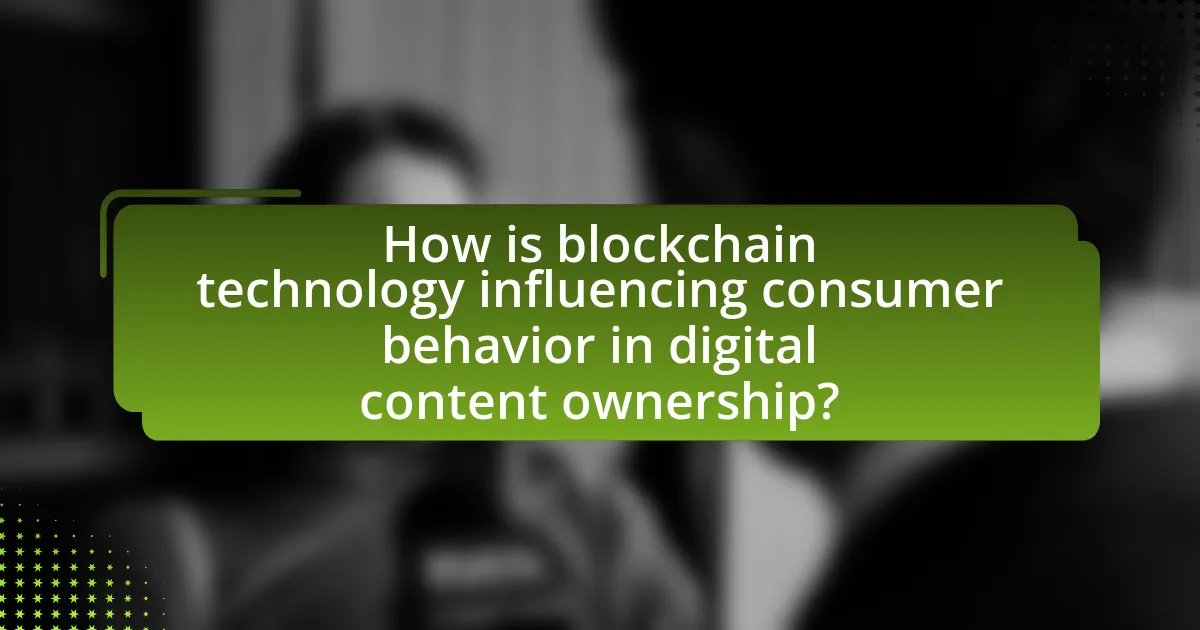
How is blockchain technology influencing consumer behavior in digital content ownership?
Blockchain technology is influencing consumer behavior in digital content ownership by providing verifiable proof of ownership and enabling decentralized transactions. This shift allows consumers to have greater control over their digital assets, as blockchain ensures transparency and security in ownership records. For instance, the rise of non-fungible tokens (NFTs) has empowered artists and creators to sell their work directly to consumers, eliminating intermediaries and allowing for direct engagement. According to a report by NonFungible.com, the NFT market reached a valuation of $10.7 billion in 2021, highlighting a significant consumer shift towards valuing ownership and authenticity in digital content. This trend indicates that consumers are increasingly seeking secure and transparent methods to own and trade digital assets, fundamentally altering their purchasing behavior and expectations in the digital marketplace.
What benefits do consumers gain from blockchain-based content ownership?
Consumers gain enhanced control and security over their digital content through blockchain-based content ownership. This technology allows consumers to verify the authenticity and provenance of digital assets, ensuring that they own unique, tamper-proof versions of content. Additionally, blockchain facilitates direct transactions between creators and consumers, eliminating intermediaries and potentially lowering costs. According to a report by Deloitte, blockchain can reduce transaction costs by up to 40% in certain industries, further benefiting consumers. Furthermore, consumers can benefit from transparent royalty distribution, ensuring that creators receive fair compensation for their work, which can lead to a more sustainable content ecosystem.
How does transparency in ownership affect consumer trust?
Transparency in ownership significantly enhances consumer trust by providing clear and verifiable information about who owns a product or service. When consumers can easily access ownership details, they feel more secure in their transactions, as they can confirm the legitimacy of the seller and the authenticity of the product. Research indicates that 86% of consumers are more likely to trust a brand that is transparent about its ownership and practices, as highlighted in a study by Label Insight. This trust is crucial in the digital content space, where ownership verification can prevent fraud and ensure that creators receive fair compensation for their work.
What are the implications of fractional ownership for consumers?
Fractional ownership allows consumers to share the costs and benefits of high-value assets, making them more accessible. This model democratizes ownership, enabling individuals to invest in assets like real estate or art without needing full capital. For instance, a study by the National Association of Realtors indicates that fractional ownership can lower the financial barrier to entry for property investment, allowing more people to participate in real estate markets. Additionally, blockchain technology enhances fractional ownership by providing transparent, secure, and immutable records of ownership, which can increase consumer trust and streamline transactions.
How are consumers adapting to blockchain technology in content consumption?
Consumers are adapting to blockchain technology in content consumption by increasingly utilizing decentralized platforms that enhance transparency and ownership rights. This shift is evidenced by the growing popularity of non-fungible tokens (NFTs), which allow consumers to buy, sell, and trade digital assets securely, ensuring provenance and authenticity. According to a report by NonFungible.com, the NFT market reached a valuation of over $10 billion in 2021, indicating significant consumer interest in blockchain-based content ownership. Additionally, platforms like Audius and OpenSea are gaining traction, enabling users to access and monetize content directly, thus fostering a more equitable distribution of revenue among creators and consumers.
What trends are emerging in consumer preferences for digital content ownership?
Emerging trends in consumer preferences for digital content ownership include a growing demand for decentralized ownership models and increased interest in non-fungible tokens (NFTs). Consumers are increasingly seeking ways to have verifiable ownership of digital assets, which blockchain technology facilitates by providing transparent and immutable records of ownership. According to a report by NonFungible.com, the NFT market saw a significant increase in sales, reaching over $10 billion in 2021, indicating a strong consumer interest in owning unique digital items. Additionally, consumers are prioritizing digital rights management and the ability to transfer or sell their digital content, reflecting a shift from traditional licensing models to more flexible ownership structures enabled by blockchain.
How does blockchain technology change the way consumers interact with content?
Blockchain technology fundamentally alters consumer interaction with content by enabling direct ownership and control over digital assets. This decentralized system allows consumers to purchase, sell, and trade content without intermediaries, ensuring that creators receive fair compensation. For instance, through non-fungible tokens (NFTs), consumers can own unique digital items, such as art or music, which are verifiable on the blockchain. This shift enhances transparency and trust, as all transactions are recorded immutably, reducing the risk of piracy and unauthorized use. According to a report by Deloitte, the NFT market reached $10.7 billion in sales in 2021, illustrating the growing consumer engagement with blockchain-based content ownership.
What best practices should creators and consumers follow when engaging with blockchain technology?
Creators and consumers should prioritize security, transparency, and education when engaging with blockchain technology. For creators, implementing robust security measures, such as using hardware wallets and enabling two-factor authentication, protects digital assets from theft. Transparency in transactions, including clear communication about the terms of use and ownership rights, fosters trust with consumers. Consumers should verify the authenticity of digital content by checking blockchain records, ensuring they are purchasing legitimate assets. Additionally, both parties should stay informed about regulatory changes and technological advancements, as these can impact their rights and responsibilities in the blockchain ecosystem. Following these best practices enhances the integrity and reliability of interactions within the blockchain space.

